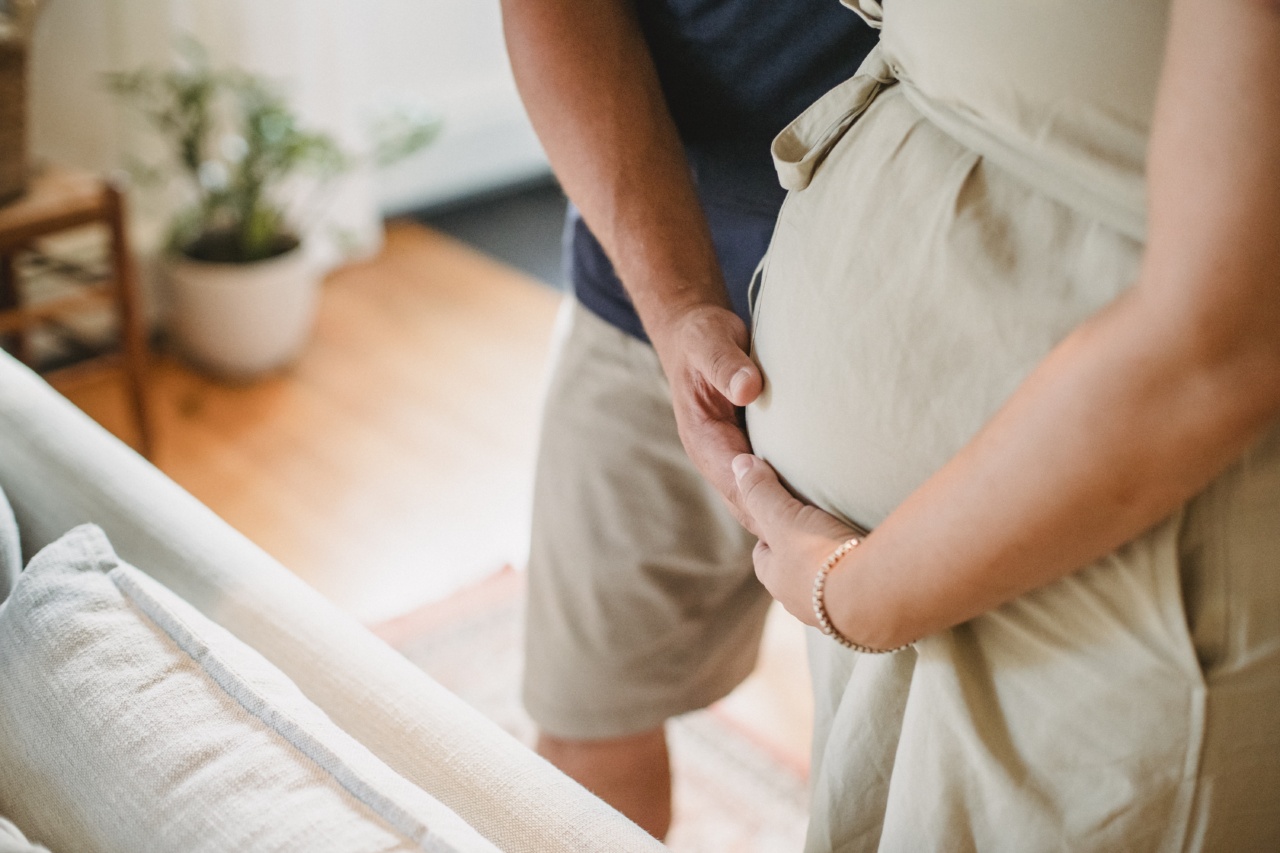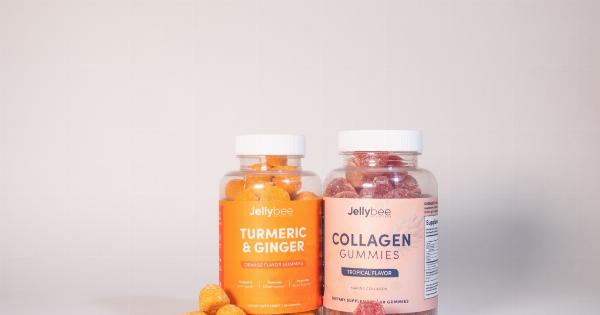Are you trying to conceive a baby, but having trouble getting pregnant? Knowing the most fertile time for getting pregnant is essential for couples who want to start a family.
In this article, we will discuss everything you need to know about your menstrual cycle and ovulation to increase your chances of getting pregnant.
Understanding the Menstrual Cycle
The menstrual cycle is a complex process that prepares the female body for pregnancy. The cycle starts on the first day of your period and ends when the next period begins. The average menstrual cycle lasts 28 days, but it can vary from 21 to 35 days.
During the menstrual cycle, the uterus prepares for pregnancy by thickening its lining. Meanwhile, the ovaries are producing hormones that trigger the maturation of an egg.
In most cases, only one egg is released per menstrual cycle, but sometimes multiple eggs can be released, leading to the conception of twins or triplets.
Identifying Ovulation
Ovulation is the process of releasing a mature egg from the ovary. It usually occurs around the midpoint of the menstrual cycle. In a 28-day cycle, ovulation occurs on day 14, but it can vary depending on the length of the cycle.
If you have a shorter or longer cycle, you can determine your ovulation date by subtracting 14 days from the length of your cycle. For example, if your menstrual cycle is 25 days long, your ovulation date will be on day 11 (25-14=11).
There are several ways to identify your ovulation date, including:.
1. Tracking Your Basal Body Temperature (BBT)
Basal body temperature is your body’s temperature at rest. It increases slightly after ovulation due to the release of progesterone, a hormone that prepares the body for pregnancy.
By tracking your basal body temperature every morning before getting out of bed, you can detect the slight increase that occurs after ovulation. When your basal body temperature rises for three days in a row, it means you have ovulated.
2. Monitoring Your Cervical Mucus
Cervical mucus is a fluid produced by the cervix that helps sperm travel to the egg. It changes during the menstrual cycle, becoming thinner and more watery around ovulation.
By monitoring the changes in your cervical mucus, you can identify your fertile days. Typically, the most fertile cervical mucus is clear, slippery, and stretchy, similar to raw egg whites.
3. Using Ovulation Predictor Kits (OPKs)
Ovulation predictor kits are available over the counter at most drug stores. They detect the surge of luteinizing hormone (LH) that occurs 24-36 hours before ovulation.
To use an OPK, you need to collect your urine in a cup and dip the test strip into the urine. If the test line is as dark as or darker than the control line, it means you will ovulate in the next 24-36 hours.
The Most Fertile Time for Getting Pregnant
The most fertile time for getting pregnant is the five-day window before ovulation and the day of ovulation. This is because sperm can survive in the female reproductive tract for up to five days, waiting for the egg to be released.
Therefore, if you have intercourse during this fertile window, the chances of getting pregnant are high.
On the other hand, having intercourse after ovulation has occurred is less likely to result in pregnancy. The egg can survive for only 12-24 hours after ovulation, so the sperm has a shorter time to fertilize it.
Therefore, if you want to maximize your chances of getting pregnant, it’s crucial to have intercourse during your fertile window.
Factors Affecting Fertility
While knowing your fertile window is essential, there are other factors that can affect your chances of getting pregnant. These include:.
1. Age
Women’s fertility declines as they age, especially after 35 years old. This is because the number and quality of eggs decline over time. Men’s fertility also declines as they age, but at a slower rate.
Therefore, if you are in your late 30s or 40s and having trouble getting pregnant, it’s important to seek medical advice.
2. Health Conditions
Health conditions such as polycystic ovary syndrome (PCOS) and endometriosis can affect fertility by interfering with ovulation or damaging the reproductive organs.
Similarly, chronic conditions such as diabetes and hypertension can affect fertility by reducing the blood flow to the reproductive organs.
3. Lifestyle Factors
Lifestyle factors such as smoking, alcohol consumption, and obesity can also affect fertility. Smoking and alcohol can damage the eggs and sperm, while obesity can cause hormonal imbalances that lead to infertility.
Conclusion
Knowing the most fertile time for getting pregnant is essential for couples who want to start a family. By understanding your menstrual cycle and ovulation, you can increase your chances of getting pregnant.
Additionally, taking care of your health, avoiding unhealthy habits, and seeking medical advice when necessary can also improve your fertility.





























